Starting off with an apology - we’re posting this nearly two months after the fact. We’ve put off writing this until we returned home, and then got busy with another trip and other small travels. But here it is, finally - we hope we didn’t miss out on capturing (m)any important details and feelings all these weeks later.
We checked out from our hotel early in the morning and headed over to Shin-Osaka station for our first Shinkansen (bullet train) ride. First, we left our bags at one of the many coin lockers here so we wouldn’t have to lug everything around the whole day. Our plan was to spend the day in Miyajima and Hiroshima and then head over to our hotel in Kyoto at the end of the day.
The train covered the 281 km to Hiroshima station in about 1 hour and 20 minutes. Another train and then a ferry got us to the island of Miyajima. The beautiful floating vermilion Tori gate of the Itsukushima shrine was visible from the ferry before we even disembarked, so we headed there first. The line to enter the shrine was too long (and most people seemed to enter just to take a picture of the “floating” gate), so we decided to skip it. Instead we admired the gate from the shore, alongside some of the many gentle deer that freely roam around the island.
Miyajima is a tourist-heavy island, and this was evident as soon as we got off the ferry. There are stretches of streets that are densely lined with souvenir stores, bakeries, and ice cream stores. It was still morning, so the we hadn’t yet reached peak tourist volume, so we took advantage of the time to buy some treats. The island is known for a maple-leaf-shaped, red bean paste filled pastry called momiji manju. We bought some of these (and also several other flavours - cheese, matcha, chocolate) they were all very tasty. We also bought ice cream from one of the stores, it was just delicious! We’re not sure how, but we’ve noticed that even cheap ice cream from a random roadside store in Japan tastes almost as good as some of the best ice cream we’ve had in our life - creamy, rich, flavourful and not overly sweet.
After getting our glucose levels sufficiently high, we headed towards the Miyajima Ropeway that would take us up Mount Misen. Along the way we stopped at the dark wood Senjokaku pavilion near a large, five storied vermillion pagoda. Senjokaku literally translates to “hall of a thousand tatami mats” (tatami mats are a common way of measuring area in Japan). Senjokaku was commissioned by the ever-present Toyotomi Hideyoshi but was never finished. The pavilion is large and so charming.
Further up, the hilly path was mostly free of people and very serene and green with the occasional babbling stream. We also saw a couple of pretty cherry blossom trees and some other lovely flowers and trees.
The ropeway ride is really beautiful as was the the view from the Shishi-iwa Observatory at the top. Despite how crowded it gets near the Itsukushima Shrine, most of the island is mountainous, green, and human-free. We mistakenly thought the gondola would take us to the top of the mountain but it’s still a short (and uphill) hike to the peak. There are several temples on the way, including the Reikado Hall that houses the eternal flame (“Unquenchable Fire”) that has been burning for over 1,200 years. Mt Misen’s peak has a 360 degree observatory with some beautiful views of the island and the oceans beyond it.
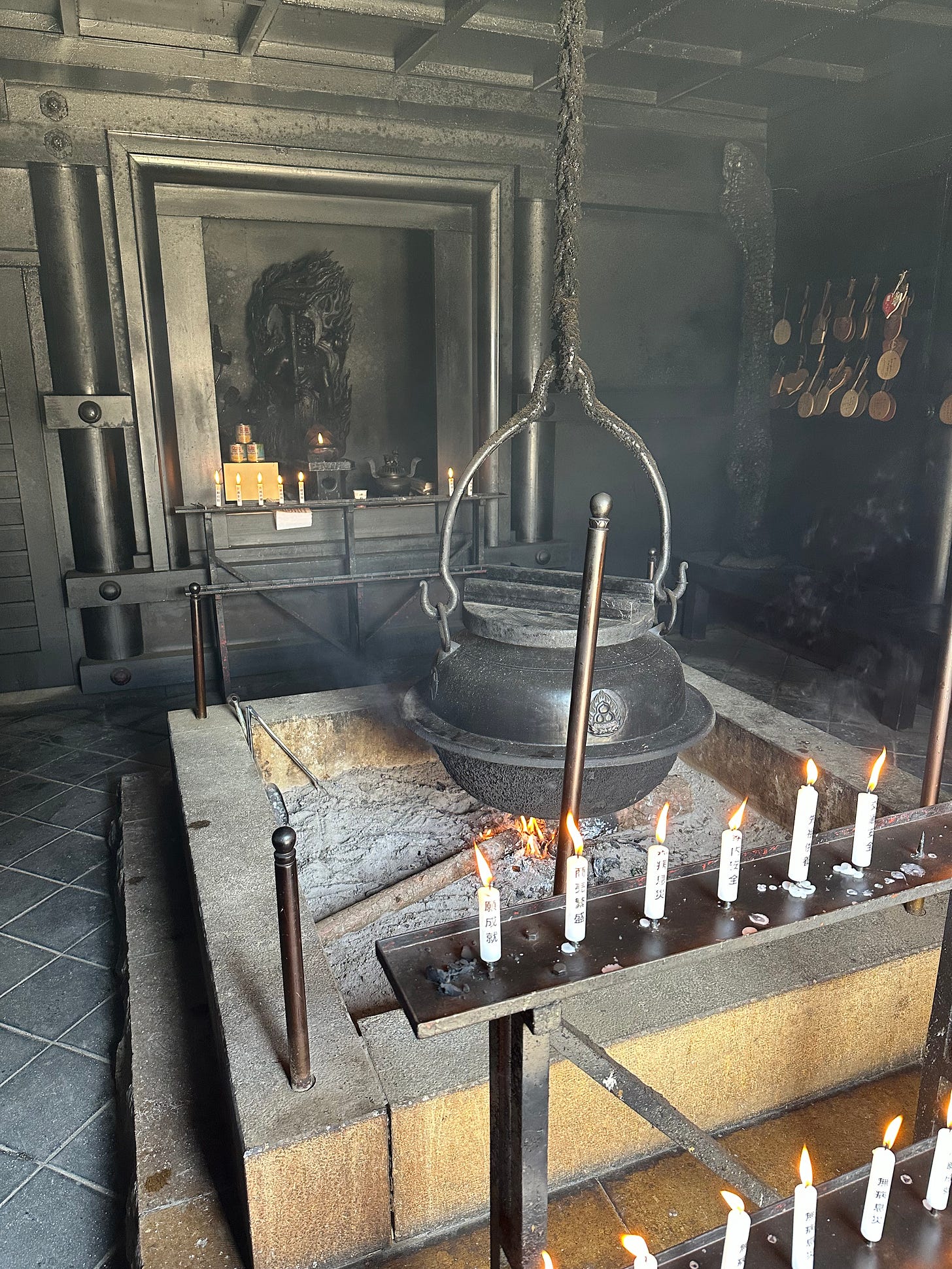
After we made out way back down the mountain, we headed back to Hiroshima. After the ferry and train ride back, we first ate a late lunch of veggie okinomiyaki, which was very tasty. It’s particularly fun to watch the chefs prepare the dish on a hot plate in front of you.
Walking around Hiroshima, it looks much like other big cities in Japan. One of the only remnants of the destruction that happened here is the A-bomb Dome. Originally the Hiroshima Prefectural Industrial Promotion Hall, this stone and steel building was one of the only structures that was still standing near the bomb’s hypocenter. The building has since been preserved in the post-bomb state as a memorial to the 140,000 people who died in the bombing. It’s a stirring sight. More so in contrast with the normalcy of the city around it.
We spent some time at this building and then crossed the Motoyasu River to the Peace Memorial Park. This park is vast and green with several monuments and sculptures scattered throughout. The most memorable and moving were the Children’s Peace Monument, the Memorial Cenotaph, and the Atomic Bomb Memorial Mound. The Peace Flame, housed in a structure that looks like two hands holding it up, was lit in 1964 and will “keep burning until the day nuclear weapons disappear from the face of the earth”. Interestingly, the flame was lit from the eternal flame in Miyajima that we visited earlier in the day.
We ended our visit at the Hiroshima Peace Memorial Museum. Very crowded despite the late hour, the museum has detailed exhibits about the bombing, its victims, and the aftermath. The stories and imagery of fused metal, melting flesh, and charred bodies in the river are devastating. A second building of the museum houses a comprehensive history of nuclear weaponry around the globe and the state of the development and proliferation of these weapons today. Japan does not have a nuclear weapons program.
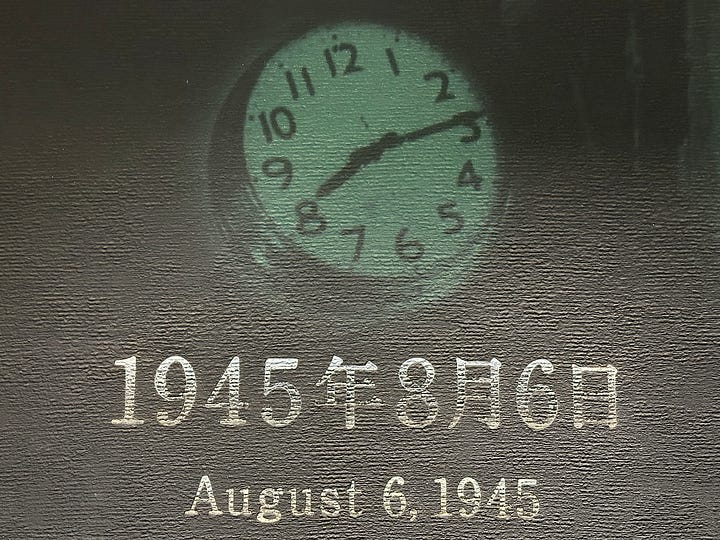
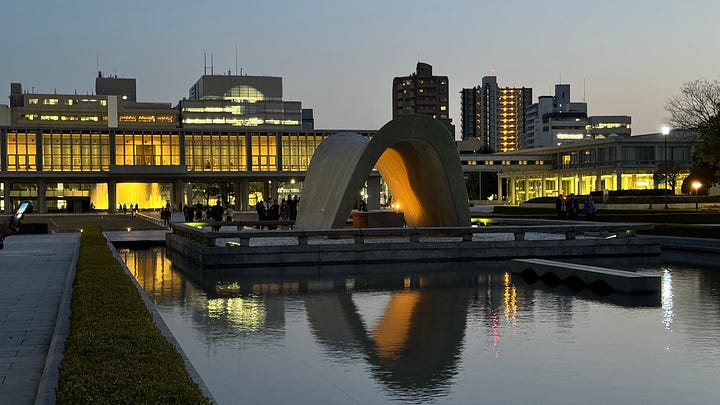
At the end of this eventful and emotional day, we returned to Osaka to pick up our bags and got on the last Shinkansen to Kyoto. We made our train just in time. We learned the hard way that if you get an unreserved ticket for the last train, chances are you will not find a seat. Fortunately the ride between the two cities was only ~16 minutes, but we did have to push through several other standing passengers with suitcases to get out at Kyoto station before the doors closed on us.
Nugget of the day: Google Maps ratings for restaurants in Japan are scaled differently. In most parts of the world, a good restaurant has a rating of > 4.0 stars. The Japanese people, however offer only 3 stars for “good” with 4 reserved for outstanding and 5 being practically unattainable. Foreign tourists do often mess up this system with their more generous ratings, so a restaurant with really tasty food can have anything from 3.5 to 4.7 stars. A unique testament to Japanese work ethic is that several restaurants will respond to bad reviews with genuine apologies and promises to do better. No excuses, no explanations.
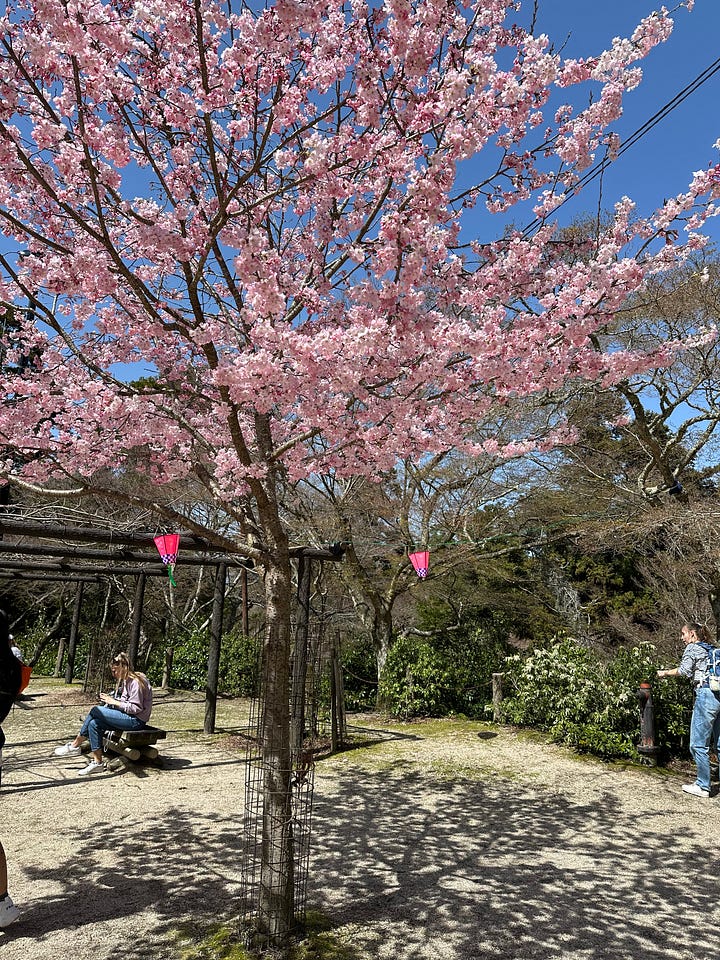
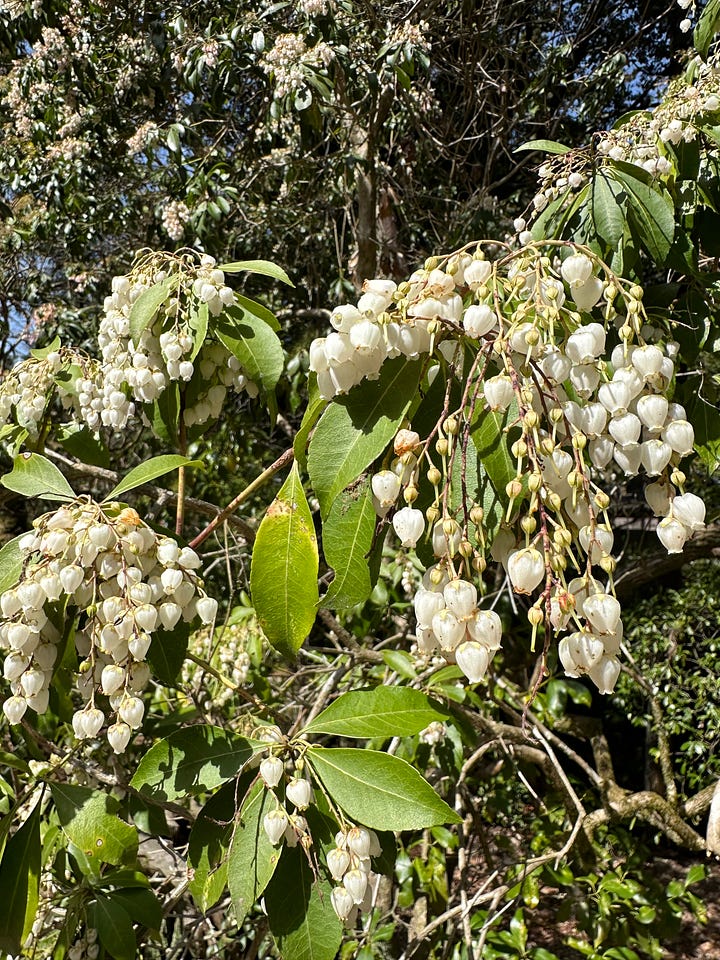





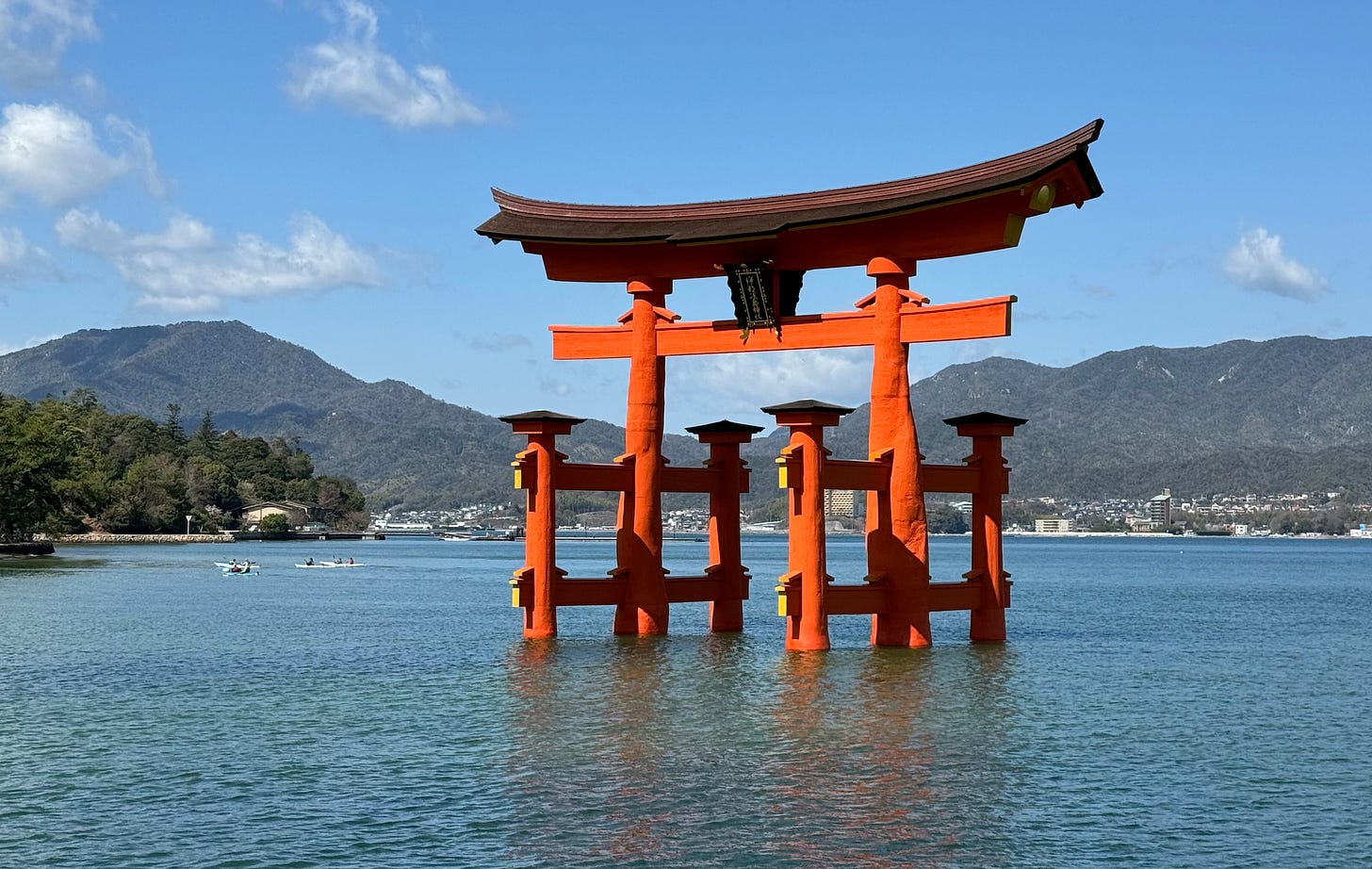
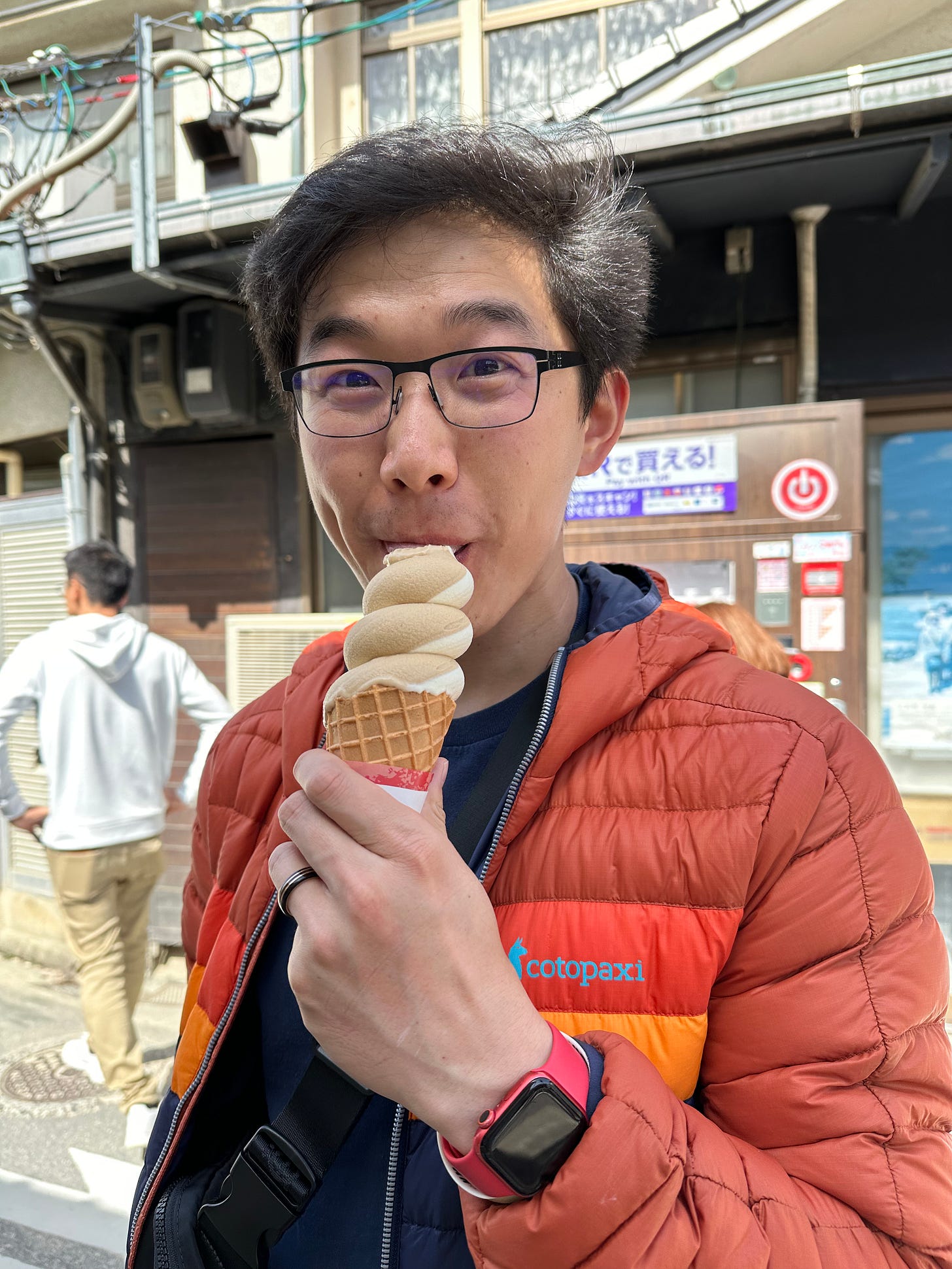
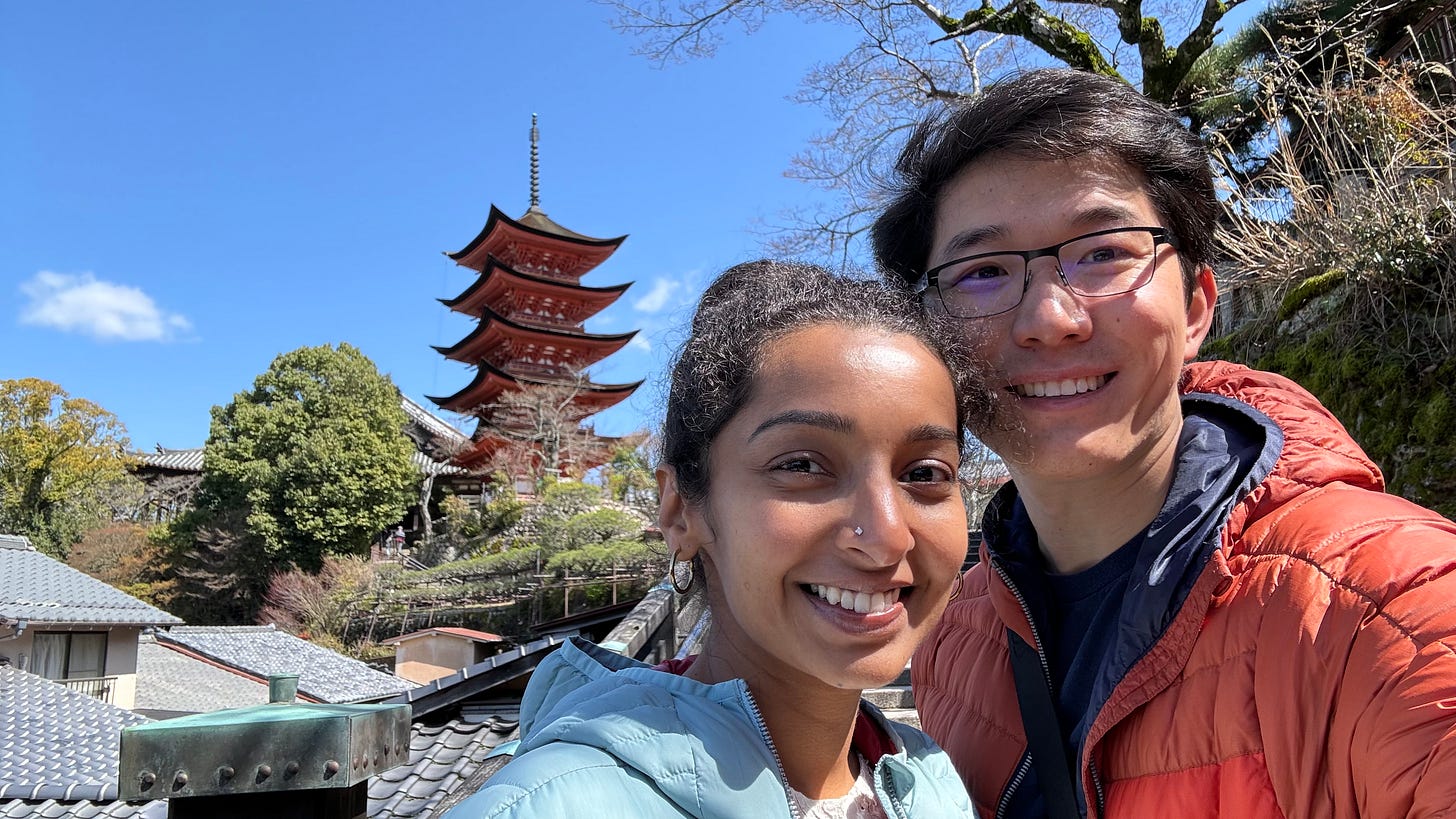
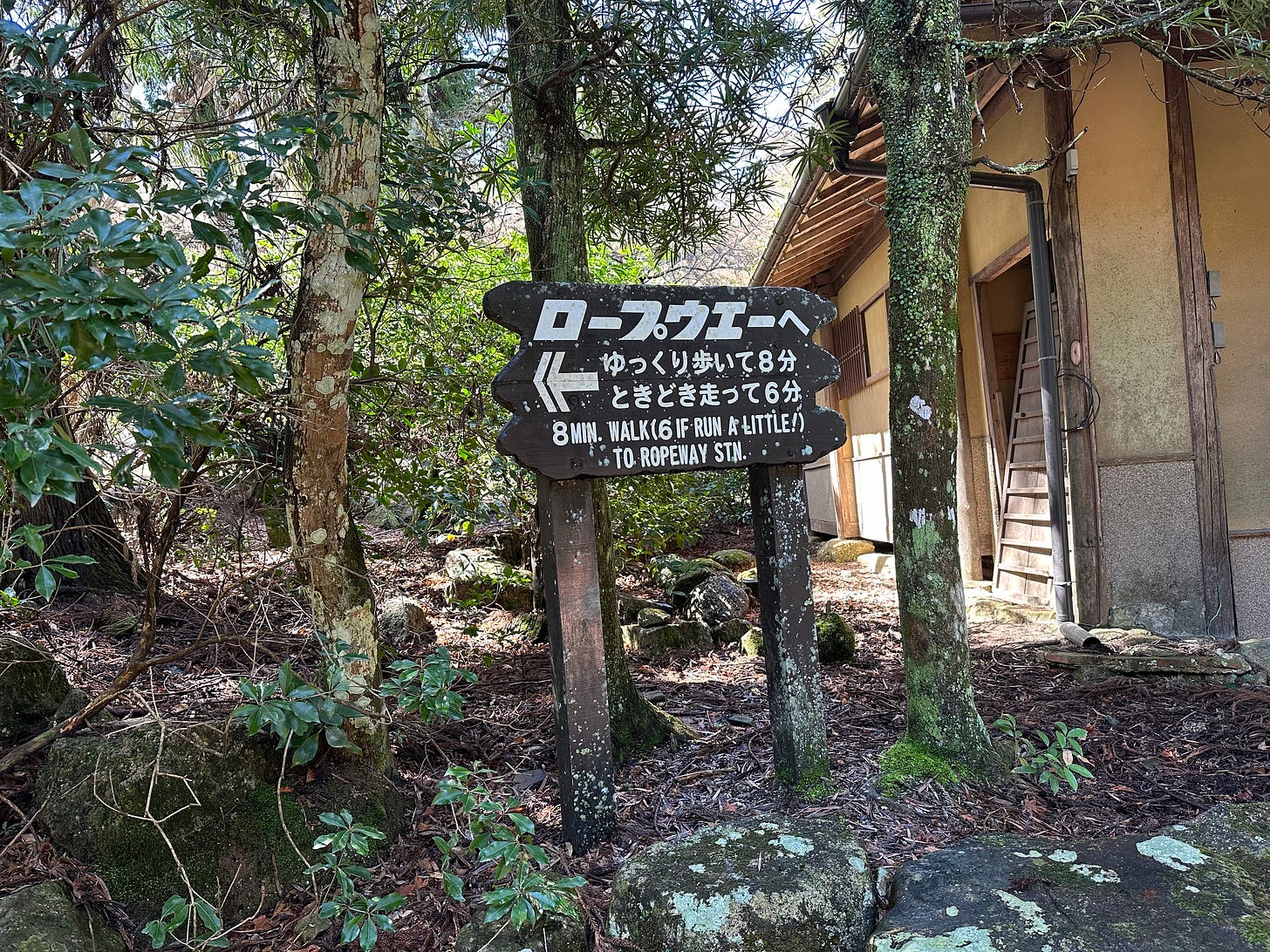
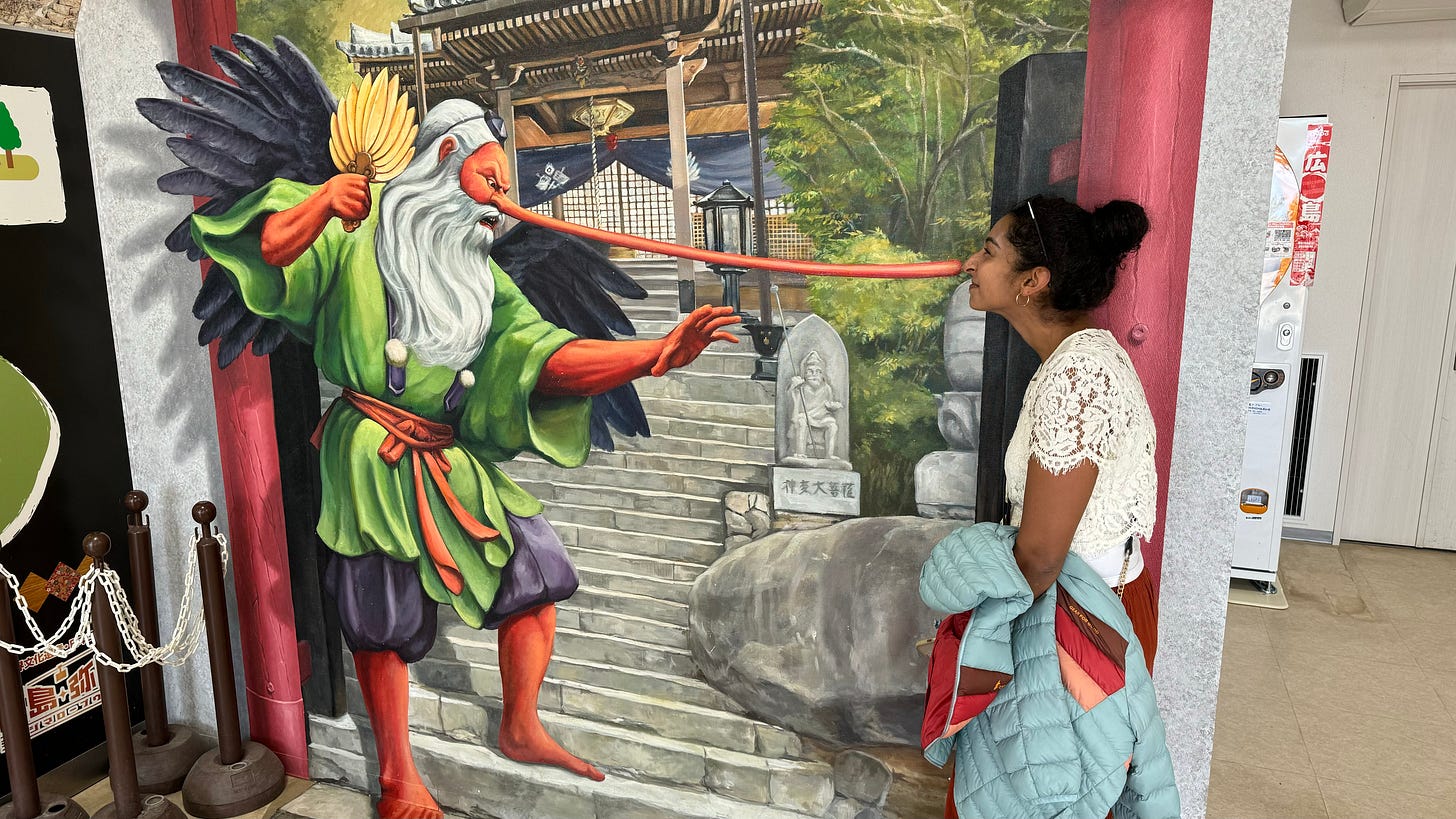
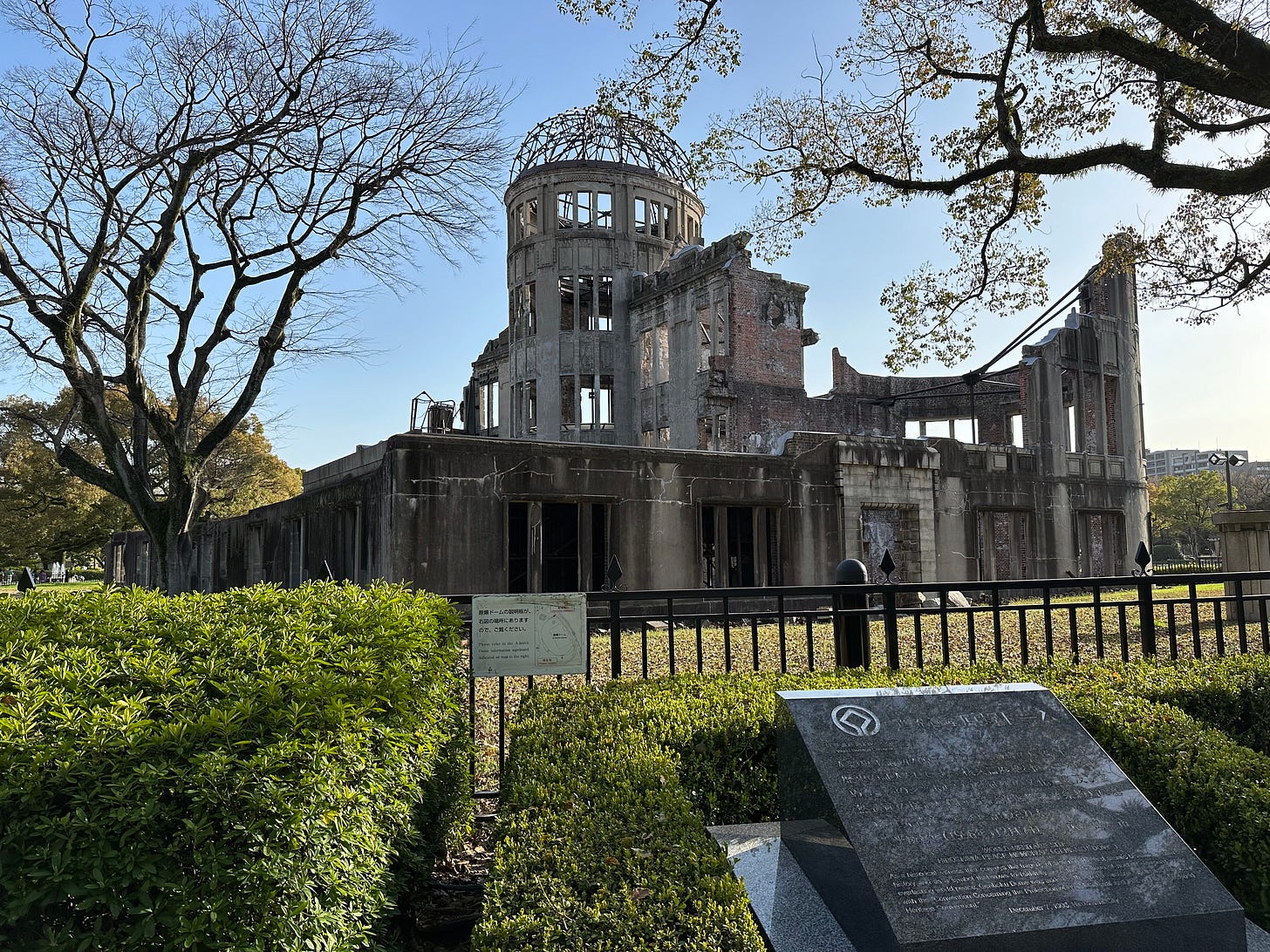
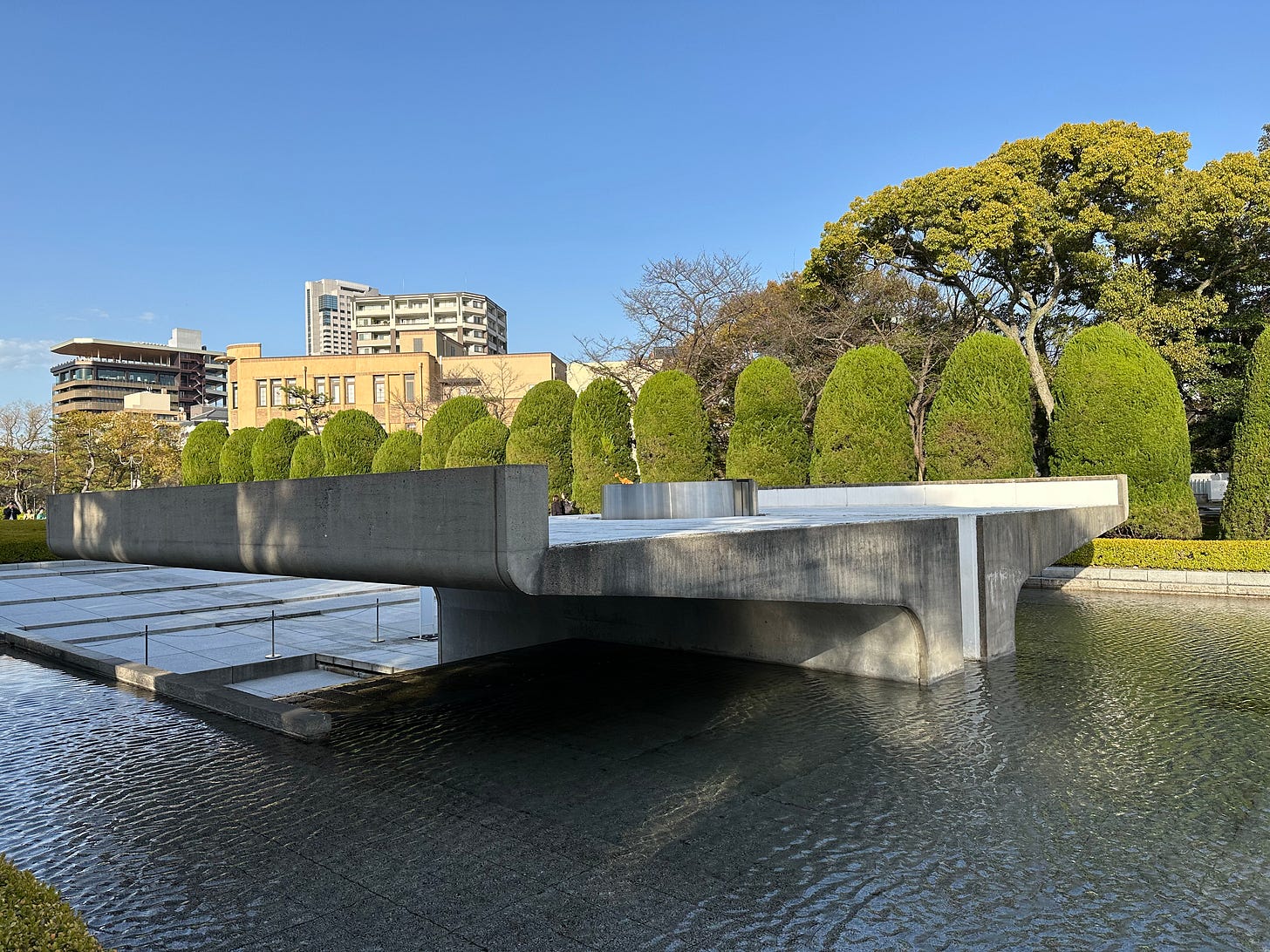
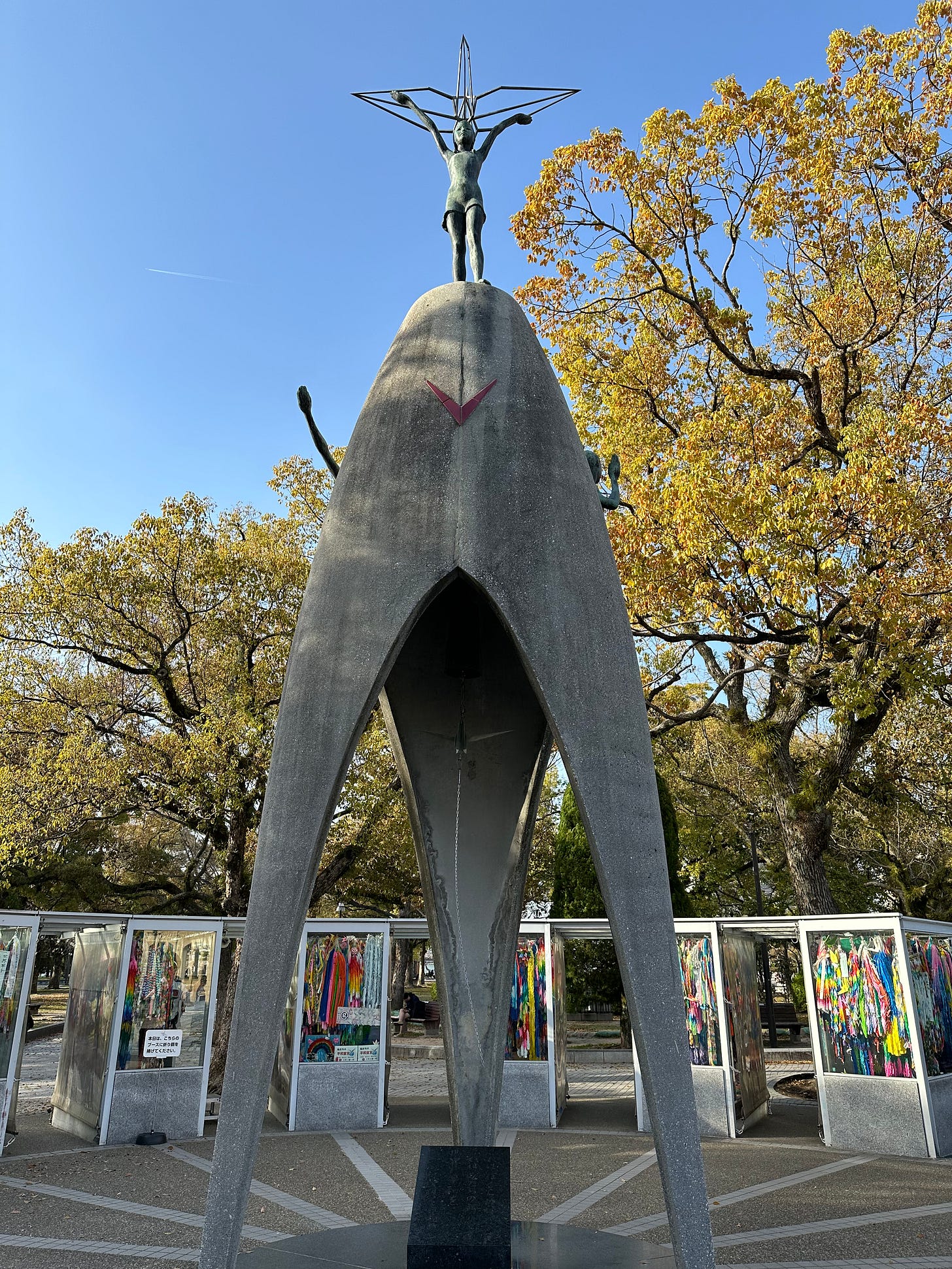
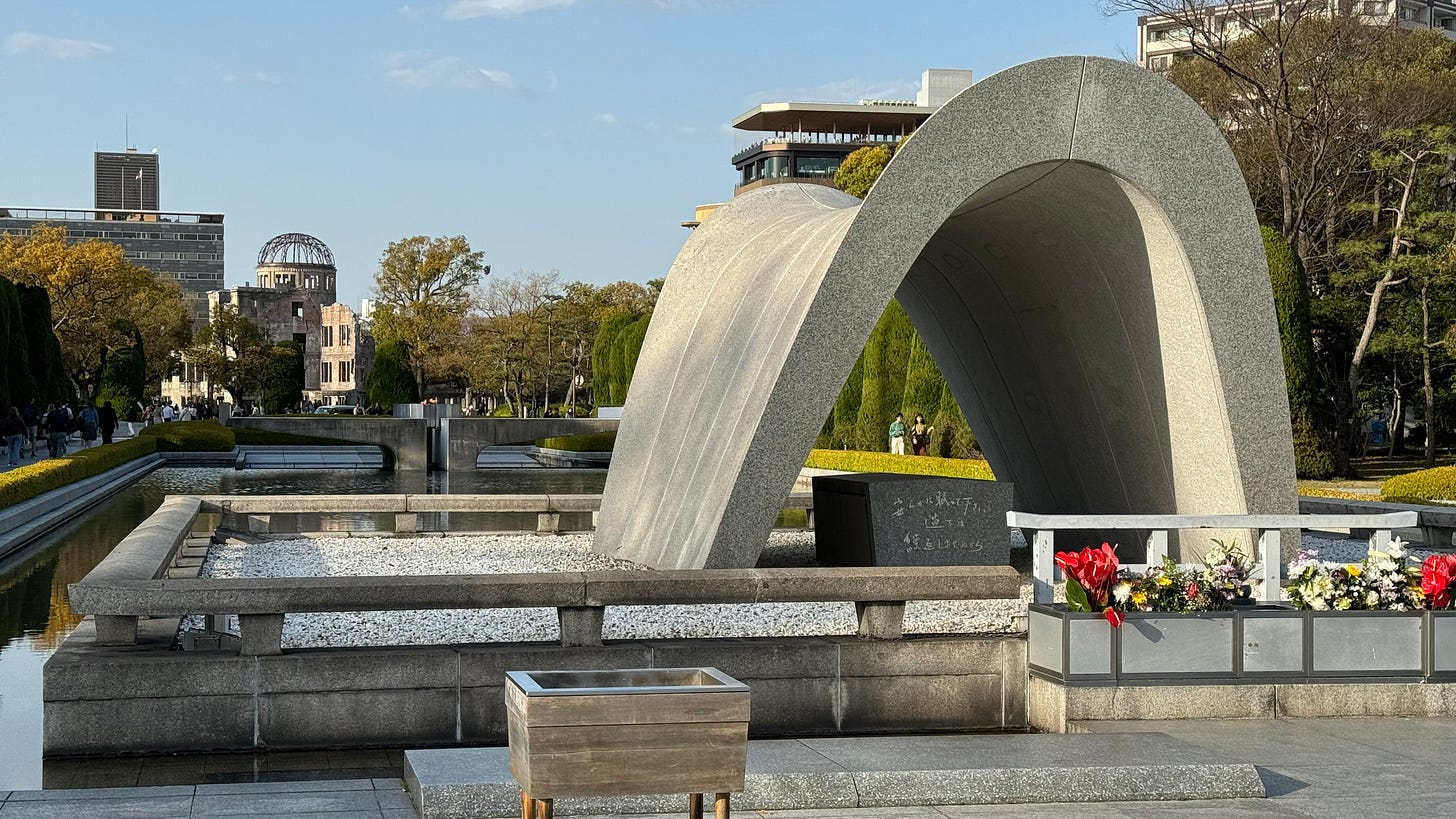
Extremely happy to see you guys continue to write the blog after some time. It’s surprised you still remembered those locations and names.❤️❤️👍👍